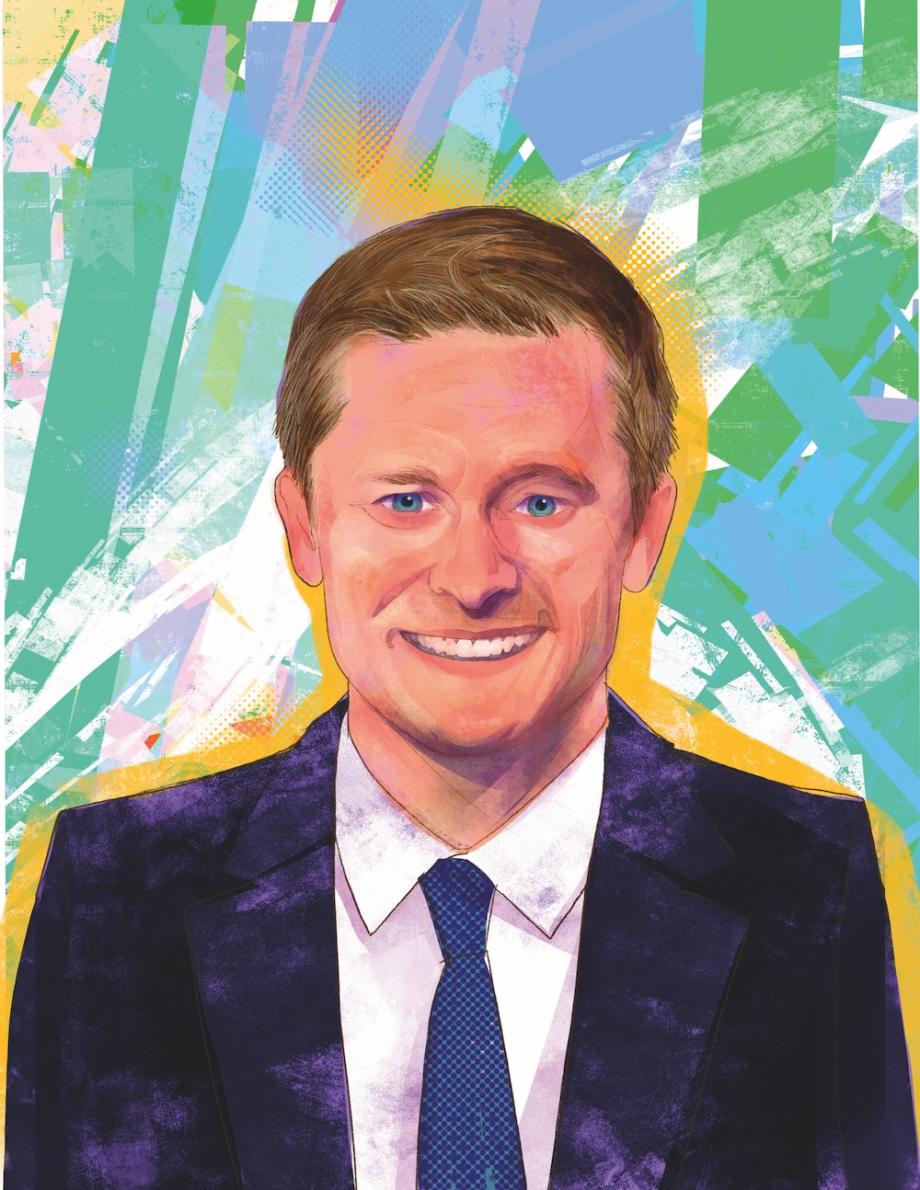Purdue Pharma: At the Intersection of Mass Tort and Bankruptcy
Anthony Casey’s scholarship played a key role in a highly anticipated Supreme Court decision

The fate of a multi-billion-dollar settlement addressing the devastating opioid crisis rested on a single paragraph in the Bankruptcy Code. At stake was not only justice for thousands of victims but also the broader ability of the courts to use bankruptcy as a mechanism to resolve mass-tort claims swiftly and equitably.
At the heart of this legal battle was Purdue Pharma LP, the maker of OxyContin, which proposed a historic settlement as part of its Chapter 11 bankruptcy plan. The Sackler family, Purdue’s principal owners, agreed to contribute up to $6 billion of their own money on one condition: they would receive legal immunity from further lawsuits related to Purdue and the settlement. Despite overwhelming support for the plan, with more than 90 percent of voting claimants favoring it, the deal faced significant legal hurdles.
A federal district court struck down the settlement, arguing that bankruptcy judges lack authority to grant liability releases to nondebtors without the unanimous consent of the claimants. The Second US Circuit Court of Appeals reversed this decision, reinstating the settlement and setting the stage for the US Supreme Court to weigh in.
Among those closely watching the case was Anthony J. Casey, the Donald M. Ephraim Professor of Law and Economics. Casey’s scholarship on the intersection of bankruptcy law and mass torts uniquely positioned him to engage with the legal and policy implications of the case. His law review article, coauthored with Joshua Macey, “In Defense of Chapter 11 for Mass Torts,” argued in favor of preserving bankruptcy as a tool for resolving such claims. It was a view that resonated with the contested Purdue settlement.
“Bankruptcy provides a structure to reach a global settlement,” Casey said. “Without it, parties are left racing to claim limited assets, often leaving victims with less value.”
The case hinged on the interpretation of Section 1123(b) of the Bankruptcy Code. This provision permits Chapter 11 plans to include “any other appropriate provision not inconsistent with the applicable provisions of [the bankruptcy code].” The Supreme Court had to decide whether this so-called catchall clause granted bankruptcy courts the authority to approve third-party liability releases in cases where not all claimants consented.
Casey, alongside other bankruptcy scholars, submitted an amicus brief supporting a broad interpretation of the provision. The brief highlighted the long-standing role of third-party releases in resolving complex bankruptcies, warning that a blanket prohibition would upend decades of practice. “Over the last three decades, nonconsensual third-party releases have enabled the successful resolution of mass torts and other intricate bankruptcy cases,” the brief argued.
Casey also took his advocacy to the court of public opinion, coauthoring a Washington Post op-ed titled “The Supreme Court Should Bless the Purdue Pharma Settlement.” For Casey, the stakes extended beyond Purdue: the case represented a critical test of whether the bankruptcy system could continue to serve as a forum to resolve large-scale disputes.
“The Bankruptcy Code’s structure, its history, and the broad wording of the catchall provision all support the use of third-party releases,” Casey said. “From a policy perspective, it’s about maximizing recovery for claimants. In this case, the bankruptcy judge determined that the settlement offered victims the best path to swift and substantial compensation.”
In June, the Supreme Court rejected the settlement in a narrow 5–4 decision. Writing for the majority, Justice Neil Gorsuch concluded that the catchall provision could not be stretched to grant nondebtor releases without explicit consent from all affected parties, calling such an interpretation “radically different” from traditional bankruptcy principles
However, the case generated a forceful dissent, penned by Justice Brett Kavanaugh and joined by Chief Justice John Roberts and Justices Sonia Sotomayor and Elena Kagan. The dissenters disagreed with the Court’s statutory interpretation and criticized the majority’s reasoning as “devastating” for over one hundred thousand opioid victims and their families.
Kavanaugh went on to warn that eliminating third-party releases as a tool would cripple efforts to resolve mass-tort bankruptcies. Notably, the dissenting opinion cited Casey’s scholarship and the amicus brief extensively, underscoring their influence on the debate.
“As leading scholars on bankruptcy explain, ‘the bankruptcy community has recognized the resolution of mass tort claims as a widely accepted core function of bankruptcy courts for decades’—and they emphasize that a ‘key feature in every mass tort bankruptcy’ has been the nondebtor release,” Kavanaugh wrote in one of numerous references to the University of Chicago Law Review article that Casey and Macey coauthored.
Reflecting on the case, Casey acknowledged mixed emotions. “Though it did not end as I’d hoped, the justices grappled with the arguments we made in a way that made it rewarding. When teaching, you see your influence on students directly. With scholarship, it’s often harder to measure. It is a positive thing to see that what we do as scholars is not done in a vacuum. It does have an impact.”
Looking forward, the majority and dissent both noted that future changes in policy must come from Congress. “Perhaps Congress will take up the problem in a comprehensive way” Casey noted. “If they do, one can hope our scholarship will play a role in their analysis.”